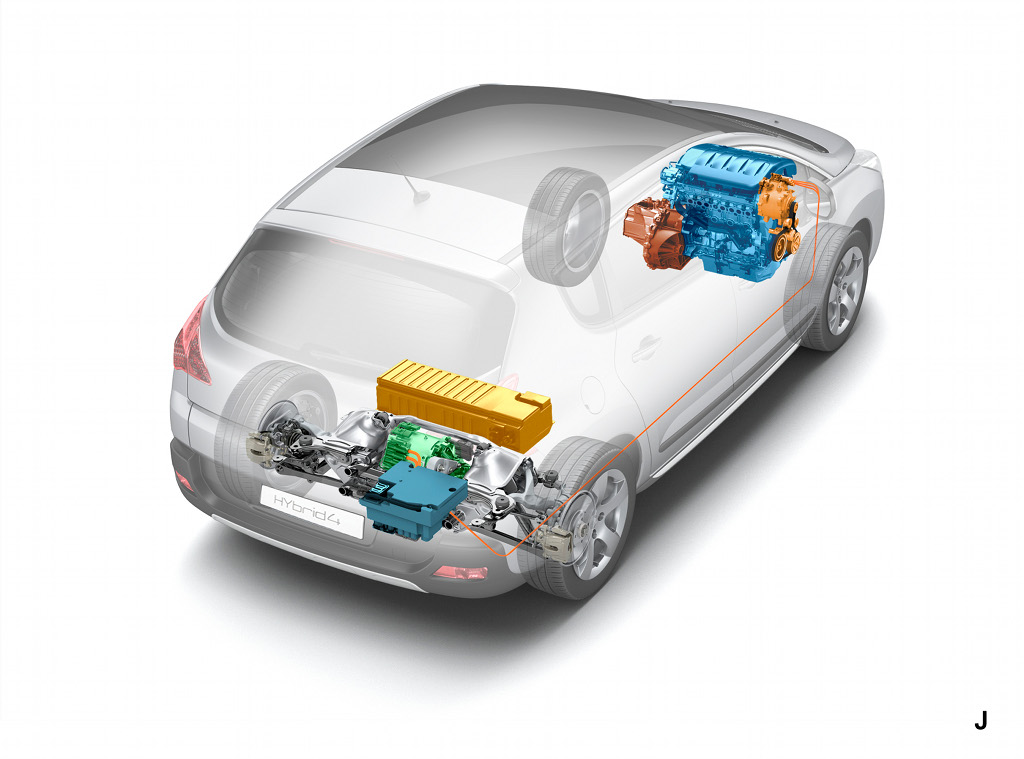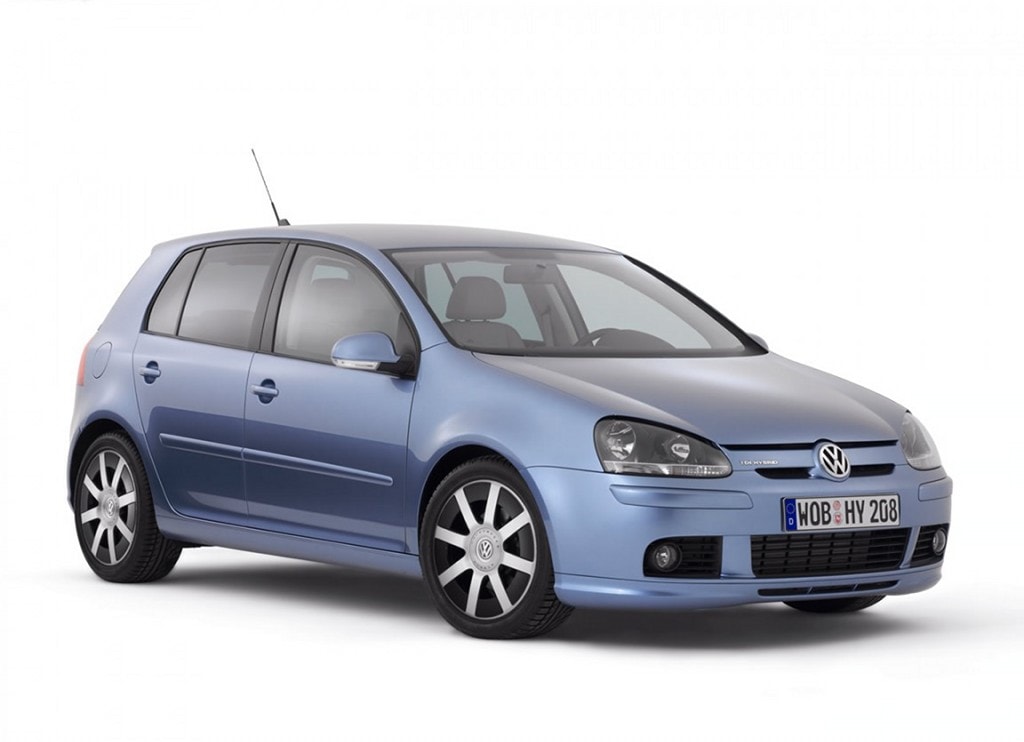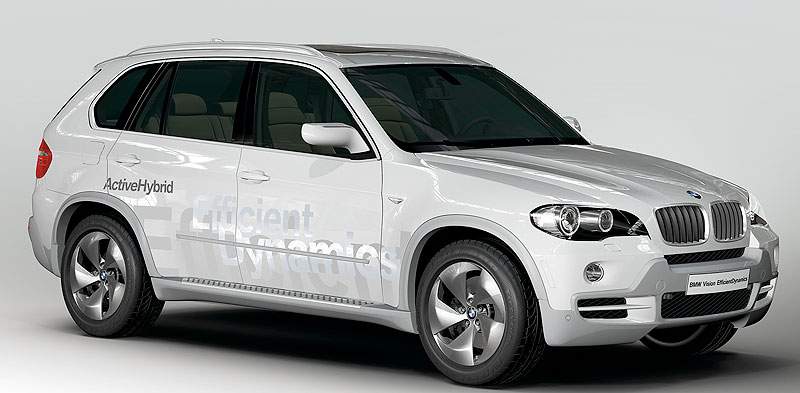Hybrid vehicles have been with us for a while now and it seems they will get more and more common all over the world in the coming years. At least until full-electric vehicles solve their range and power station problems.
If you take a look at car markets, you will be surprised to find that all hybrid vehicles on sale today use petrol-electric drive. This happens even if diesel engines are proven to be more efficient, produce more torque, have better gas mileage and tend to be more durable. Diesels also have lower carbon dioxide emissions than gasoline engines. So why are there no diesel-electric hybrids on sale? Well, they would be more expensive to build.
Two-mode hybrid vehicles have two powertrains, one internal combustion and one electric. The electric portion is the expensive one, largely because of the cost of the big, powerful and special battery it must use. If you add a diesel to the equation, which is far more expensive than a gasoline unit, you get two high-cost powertrains on one chassis. On the other hand, diesels are often noisier, harder to start in cold weather and generate more particulate matter and nitrogen oxides.
Even in Europe, where diesel cars form about half the new-car sales, diesel prices are not equal with gasoline engines. And since a diesel has to endure significantly bigger operating pressures than gasoline units, the engine itself has to be much more solidly built. On paper, a diesel electric hybrid could bring together the best of both worlds. But what happens in real life?
How do diesel hybrids work?
Just like their petrol siblings. “Hybrid technology can be applied to any sort of powertrain. From the perspective of a hybrid, it makes no difference," said Dave Buchko, a BMW spokesman, in 2008. What he meant was that, technologically, a hybrid with a diesel engine wouldn’t be all that different from one with a gasoline engine. Although diesel engines have higher compression ratios and generate more torque, Buchko said there aren’t any challenges with building such a car. So the same principles of the petrol-electric hybrids apply for diesel-electric hybrids.
The two power sources found in a hybrid car come together in different ways. On a series hybrid, the conventional engine is responsible only for charging the batteries, it does not turn the vehicle’s wheels. The engine turns a generator, the generator charges the batteries and the batteries power the vehicle’s electric motor to make the wheels turn. An example of this philosophy is the Chevrolet Volt.
The most widespread type is the parallel hybrid, a vehicle that can be powered by either one of the two power sources. The power source the vehicle uses is dependent upon the driving conditions. The Toyota Prius is an example of a parallel hybrid: it runs on electric power at lower speeds and turns on the gasoline engine for passing and higher speeds. All diesel hybrids prototypes currently on development follow the parallel hybrid pattern. So why don’t they enter production?
In 2008, Volkswagen revealed the Golf TDI Hybrid concept, which used a 1.2-liter three cylinder common rail diesel engine and an electric motor. The diesel developed 74 horsepower and 132 lb-ft of torque (178.76 Nm), while the electric motor added 27 horsepower and 103 lb-ft (139.49 Nm). The car’s average mpg is 69 mpg (3.4 liters/100 km) in the European fuel economy test cycle, according to Volkswagen. Much better than Toyota Prius' 54 mpg (4.35 liters/100 km).
According to Volkswagen, the electric motor provided enough power to get the vehicle moving from a standing start. Once in motion, the diesel engine will only run at higher speeds or if extra acceleration is required. As we could see this spring, Volkswagen launched its first hybrid model, but it wasn’t a diesel-electric one. The Touareg Hybrid uses a petrol engine, since the cost of developing a diesel-electric hybrid is too high.
Further testing the waters, BMW presented in 2008 the X5 Vision Diesel Hybrid, which gets an estimated 36 mpg (6.53 liters/100 km). The car uses a 2.0-liter biturbo engine, good for 204 horsepower and 295 lb-ft of torque (400 Nm), and an electric motor that produces 20 horsepower and 154 lb-ft of torque (209 Nm). Promising figures, but none of BMW’s current hybrids are diesel-powered.
The hybrid system adds just 100 kg to the car's weight. The Peugeot 3008 Hybrid4 can run in front-drive, all-wheel drive or rear-wheel drive (the latter with 0 emissions). The French diesel-electric hybrid is expected to cost at least 15 percent more than a conventional top-spec 3008, but prices will drop once the hybrid system is implemented on other models like the 308, 407 and their Citroen equivalents (C4 and C5).
The two power sources found in a hybrid car come together in different ways. On a series hybrid, the conventional engine is responsible only for charging the batteries, it does not turn the vehicle’s wheels. The engine turns a generator, the generator charges the batteries and the batteries power the vehicle’s electric motor to make the wheels turn. An example of this philosophy is the Chevrolet Volt.
The most widespread type is the parallel hybrid, a vehicle that can be powered by either one of the two power sources. The power source the vehicle uses is dependent upon the driving conditions. The Toyota Prius is an example of a parallel hybrid: it runs on electric power at lower speeds and turns on the gasoline engine for passing and higher speeds. All diesel hybrids prototypes currently on development follow the parallel hybrid pattern. So why don’t they enter production?
Expensive plus expensive equals... too expensive
That’s because costs are too high. Petrol-electric hybrids are more expensive than conventional petrol cars, and diesels are also more expensive than their petrol counterparts. Combining the two would create a very expensive vehicle. A buyer would have to use it for a very long period of time in order to compensate for the high purchase price. But with fuel prices constantly going up, diesel-electric hybrids could become a reality. Manufacturers are already preparing for the moment. Here are a few examples.In 2008, Volkswagen revealed the Golf TDI Hybrid concept, which used a 1.2-liter three cylinder common rail diesel engine and an electric motor. The diesel developed 74 horsepower and 132 lb-ft of torque (178.76 Nm), while the electric motor added 27 horsepower and 103 lb-ft (139.49 Nm). The car’s average mpg is 69 mpg (3.4 liters/100 km) in the European fuel economy test cycle, according to Volkswagen. Much better than Toyota Prius' 54 mpg (4.35 liters/100 km).
According to Volkswagen, the electric motor provided enough power to get the vehicle moving from a standing start. Once in motion, the diesel engine will only run at higher speeds or if extra acceleration is required. As we could see this spring, Volkswagen launched its first hybrid model, but it wasn’t a diesel-electric one. The Touareg Hybrid uses a petrol engine, since the cost of developing a diesel-electric hybrid is too high.
Further testing the waters, BMW presented in 2008 the X5 Vision Diesel Hybrid, which gets an estimated 36 mpg (6.53 liters/100 km). The car uses a 2.0-liter biturbo engine, good for 204 horsepower and 295 lb-ft of torque (400 Nm), and an electric motor that produces 20 horsepower and 154 lb-ft of torque (209 Nm). Promising figures, but none of BMW’s current hybrids are diesel-powered.
So who will be the first automaker to roll out such a hybrid?
Peugeot plans to launch the world’s first diesel-electric hybrid before the end of 2010. Based on the 3008 crossover platform, the Hybrid4 uses a 2.0-liter turbodiesel engine fitted with a stop-start system that develops 163 horsepower. An electric motor on the rear axle develops 36 horsepower and 147 lb-ft (200 Nm) and drives the rear wheels. Total output is 200 horsepower and 369 lb-ft of torque (500 Nm), with CO2 emissions of just 99 g/km and an average consumption of 57.4 mpg (4 liters/100 km).The hybrid system adds just 100 kg to the car's weight. The Peugeot 3008 Hybrid4 can run in front-drive, all-wheel drive or rear-wheel drive (the latter with 0 emissions). The French diesel-electric hybrid is expected to cost at least 15 percent more than a conventional top-spec 3008, but prices will drop once the hybrid system is implemented on other models like the 308, 407 and their Citroen equivalents (C4 and C5).


